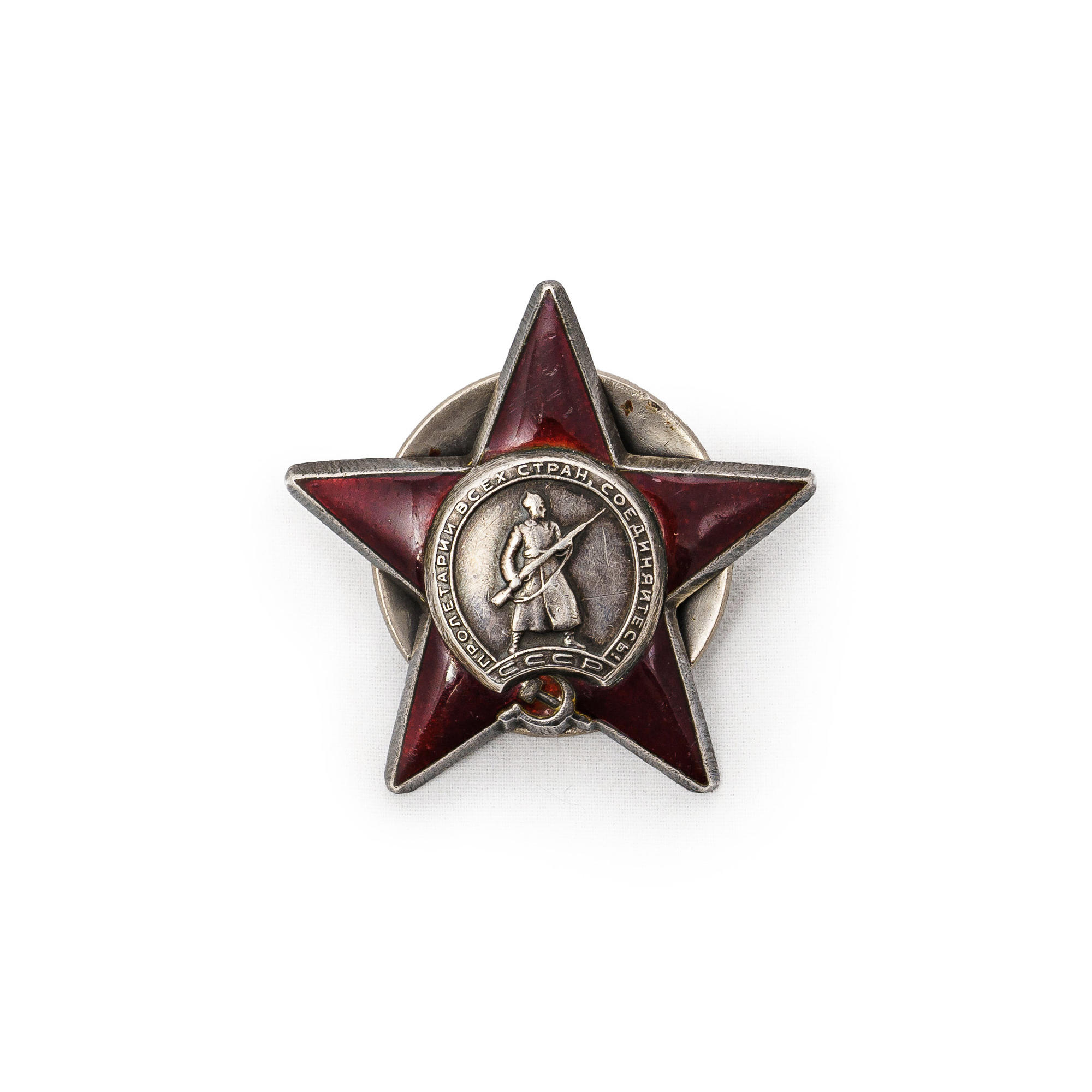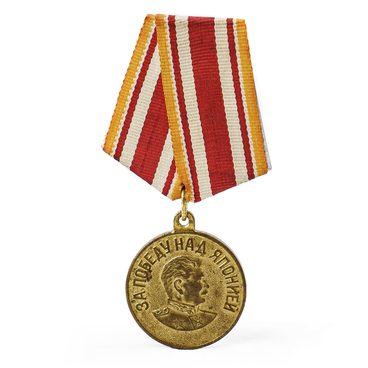The Order of the Red Star is unique because the design of the award developed before the Great Patriotic War remained practically unchanged. The authors of the project, approved in 1930, were graphic artist Vasily Kupriyanov and talented sculptor Vladimir Golenetsky.
This decoration was awarded for special merits in strengthening the defensive capability and security of the country, irrespective of whether the country was at war or in peacetime. The Order was awarded to servicemen and officers of any rank of all branches of the Soviet Army, Navy, MVD units (Ministry of Internal Affairs), state security personnel, citizens of foreign states, as well as warships, military units and their formations.
Despite the fact that it is a military decoration, it was awarded not only to servicemen. The Red Star was given to state institutions, public organizations, production associations, creative groups, enterprises and individual inventors.
Vasily Konstantinovich Blyukher was the holder No.1 of this high award, a military commander and veteran of the Civil War. He received the ‘Red Star’ No.1 for the quick and efficient settlement of an armed conflict that broke out in 1929 on the Chinese Eastern Railway.
Test pilot of the 1st class Ivan Frolovich Kozlov successfully landed an aircraft seriously damaged during a test flight and for that received the decoration in the late spring of 1932.
Zaki Fazylovich Shaikhov, born in 1908 in the village of Mechetlino of the Salavat District in the Bashkir ASSR, became a recipient of the Order of the Red Star posthumously. In his lifetime, he was awarded the medals for the Defence of Leningrad and For Courage. The written communication with him was lost in September 1944. He served as a reconnaissance man of the 705th Light Artillery Krasnoselsk Red Banner Regiment.
During the establishment of the young Soviet state, the high award was given to qualified specialists that were hardly related to hostilities. In 1933 surgeon Pyotr Vasilievich Mandryka, highly professional director of the Central Hospital of the People’s Commissariat, was decorated with the order.
One more example: in 1935, for achievements in labour the Order of the Red Star was awarded to Alexander Pavlovich Serbrovsky, a Soviet engineer, Head of the Main Department of Gold Industry.
As far as collectives are concerned, the Red Star newspaper was decorated with this Order in December 1933 on its 10th anniversary for the effective political and military propaganda in the ranks of the Soviet Army.
Among the holders of this high USSR award there were 182 foreigners. For example, American Joseph Beyrle who served in the Red Army, or allied officers and servicemen during the Great Patriotic War, such as Englishman Guy O’Mond.
Even before the war, the award had been given 21,500 times to participants of military operations and engagements in Finland, Japan, Spain. Throughout the whole period of World War II the order was awarded to 2,881,500 people.
This decoration was awarded for special merits in strengthening the defensive capability and security of the country, irrespective of whether the country was at war or in peacetime. The Order was awarded to servicemen and officers of any rank of all branches of the Soviet Army, Navy, MVD units (Ministry of Internal Affairs), state security personnel, citizens of foreign states, as well as warships, military units and their formations.
Despite the fact that it is a military decoration, it was awarded not only to servicemen. The Red Star was given to state institutions, public organizations, production associations, creative groups, enterprises and individual inventors.
Vasily Konstantinovich Blyukher was the holder No.1 of this high award, a military commander and veteran of the Civil War. He received the ‘Red Star’ No.1 for the quick and efficient settlement of an armed conflict that broke out in 1929 on the Chinese Eastern Railway.
Test pilot of the 1st class Ivan Frolovich Kozlov successfully landed an aircraft seriously damaged during a test flight and for that received the decoration in the late spring of 1932.
Zaki Fazylovich Shaikhov, born in 1908 in the village of Mechetlino of the Salavat District in the Bashkir ASSR, became a recipient of the Order of the Red Star posthumously. In his lifetime, he was awarded the medals for the Defence of Leningrad and For Courage. The written communication with him was lost in September 1944. He served as a reconnaissance man of the 705th Light Artillery Krasnoselsk Red Banner Regiment.
During the establishment of the young Soviet state, the high award was given to qualified specialists that were hardly related to hostilities. In 1933 surgeon Pyotr Vasilievich Mandryka, highly professional director of the Central Hospital of the People’s Commissariat, was decorated with the order.
One more example: in 1935, for achievements in labour the Order of the Red Star was awarded to Alexander Pavlovich Serbrovsky, a Soviet engineer, Head of the Main Department of Gold Industry.
As far as collectives are concerned, the Red Star newspaper was decorated with this Order in December 1933 on its 10th anniversary for the effective political and military propaganda in the ranks of the Soviet Army.
Among the holders of this high USSR award there were 182 foreigners. For example, American Joseph Beyrle who served in the Red Army, or allied officers and servicemen during the Great Patriotic War, such as Englishman Guy O’Mond.
Even before the war, the award had been given 21,500 times to participants of military operations and engagements in Finland, Japan, Spain. Throughout the whole period of World War II the order was awarded to 2,881,500 people.




